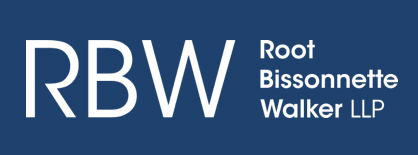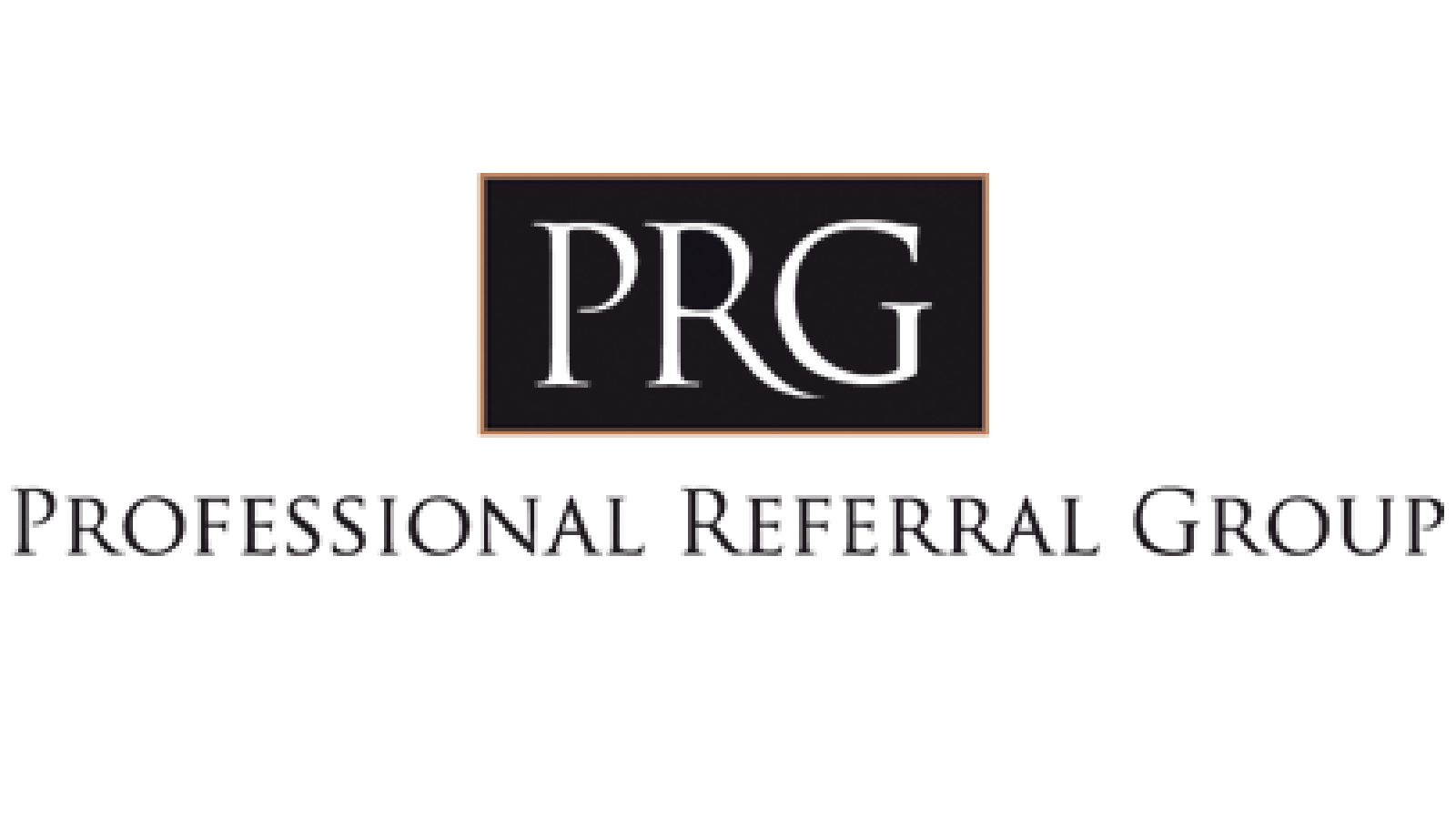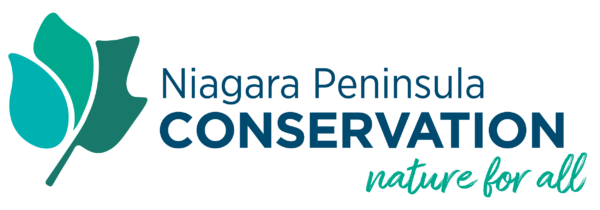The Pros and Cons of Locking In
The holiday season is upon us, bringing an end to a tumultuous year. 2022 saw inflation reach levels not seen for 40 years, followed by substantial interest rate hikes. From March to December, the Bank of Canada raised its policy rate by a whopping 4.0%, causing some stress for Canadian homeowners, particularly those with variable-rate mortgages. If you have a variable-rate mortgage, these rate hikes may have you thinking about converting (or “locking in”) to a fixed rate, if your lender allows you to do so. Of course, this then commits you to a new mortgage term with your current lender. Let’s look at the potential upsides and downsides of making the switch.
Why would you want to lock in?
If you have a variable-rate mortgage, you will either have a fixed payment or an adjustable payment. If you make adjustable payments, the effect of rate hikes is felt immediately as your payment increases. If your payments are fixed, it may be easier to withstand rate increases, as your payment remains unchanged. However, because less is applied to your mortgage principal, after several rate increases your lender will have to hike your payment significantly to adhere to the original allotted amortization period
Whether locking into a fixed rate makes sense for you today depends on what happens to interest rates in the future. If you think rates will rise, switching to a fixed rate will avoid the pain of future increases.
To see this, consider an example. Katrina has 2 years remaining in a 5-year, variable-rate mortgage with a $400,000 balance. She pays 5% interest, and her current monthly payment is $2,326. Let’s suppose that for the final 24 months of her term, interest rates increase by 1%. This will cost her an extra $5,587 over the remainder of her term, versus a scenario where rates remain constant
Now suppose Katrina has the option to lock into a fixed rate of 5.5%. This means that relative to staying at a constant rate, she needs to pay an extra $2,764 over the next 2 years – a lot less than what she would have paid had she not locked in.
What are the possible downsides?
If you expect interest rates to rise, then locking in sounds like a no-brainer. Unfortunately, it’s not that simple. There are disadvantages to locking in that are important to account for.
To begin with, there’s no guarantee that your current lender will offer the most competitive rate. They may have been your best option at the time that you negotiated your mortgage, but that doesn’t mean they’re your best option today! By simply locking in without first consulting your mortgage professional and exploring all your options, you could be missing an opportunity to get a better rate elsewhere.
Locking in also commits you to a new term which will likely take you beyond the end of your existing term. This means that if rates begin to decline, you won’t be in a position to benefit from lower rates without paying a penalty to break your fixed term contract.
What’s the outlook for rates?
In its October statement, the Bank of Canada anticipated an economic slowdown and lower inflation in 2023. While the Bank remains committed to a tight monetary policy over the short term, a softening economy may reduce the necessity for high rates in the near future. This suggests that by locking in now, you may be paying for security against big increases that never materialize.
As the holidays approach, it’s important to reunite with family and friends, celebrate the successes of the past year, and anticipate the joys of the year ahead. However, if you need some peace of mind before the festivities kick into high gear, a quick review of your situation is always a good start. I’m just a phone call or email away and I’m always glad to help.
Source: INMI




















